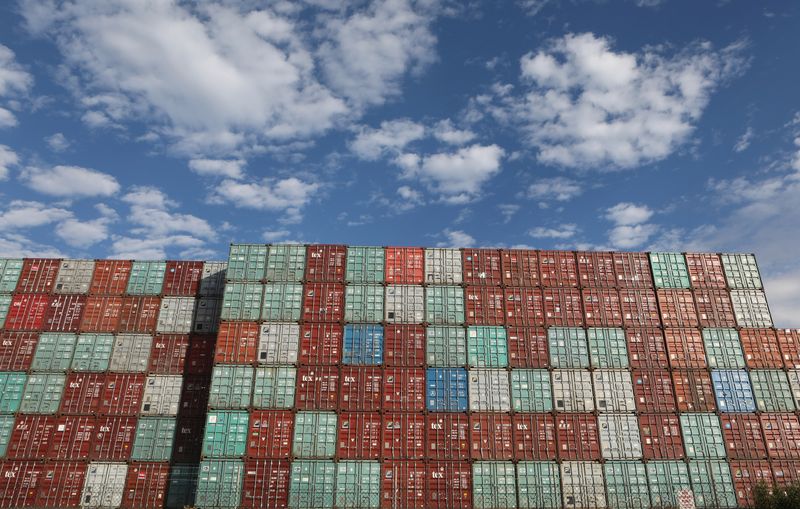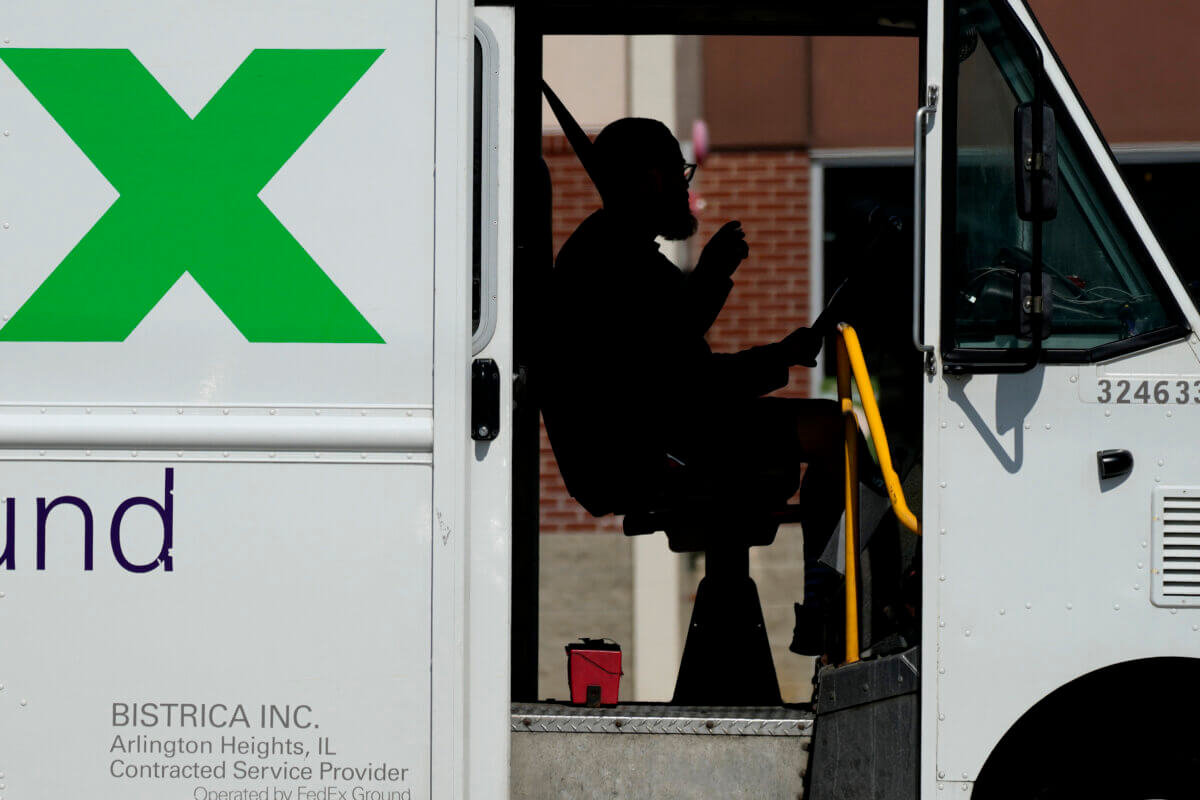SYDNEY (Reuters) – Australia’s trade surplus ballooned to a record in March as shipments of iron ore to China surged as the Asian giant came back from lockdown, while exports of gold more than tripled amid a global rush for the safe haven metal.
There was also a rare surplus on services as the closure of international borders to contain the coronavirus forced Australians to abandon travel plans and stay home.
In all, the trade surplus swelled 174% to A$10.6 billion ($6.79 billion) in March, easily the fattest on record and far above forecasts of A$6.8 billion.
The bumper haul meant the surplus for the entire first quarter climbed 41% to A$19 billion, likely delivering a timely lift to economic growth just before lockdowns began in earnest.
“Taking into account price effects, we now estimate that net trade provided a 0.4 ppt (percentage point) boost to GDP growth in Q1,” said Ben Udy, an economist at Capital Economics.
“We expect commodity exports to hold up the Chinese economy is starting to recover … but imports are likely to slump,” he added. “The upshot is that trade will likely make a solid positive contribution to growth in Q2 as well.”
That contribution will be swamped by the closure of whole chunks of the economy from late March onward amid strict social distancing, sending gross domestic product (GDP) into a tailspin for this quarter.
The Reserve Bank of Australia (RBA) this week warned economic output for the first half of the year will likely plunge by 10%, while unemployment could double.
Still, the March trade numbers were a light amid the gloom with exports leaping 15.1% while imports fell 3.6%.
Exports of iron ore alone surged by a third to A$11.6 billion as shipments recovered from cyclone disruptions in February and Chinese factories got back to work.
Coal and liquefied natural gas also enjoyed a strong month, but it was non-monetary gold that really stood out with a rise of 225% to A$3.6 billion.
The Australian Bureau of Statistics noted the jump in gold earnings was driven by exports to Hong Kong and the UK.
Financial markets went into a meltdown in the middle of March which stoked demand for physical gold.
There was even a silver lining in the closure of borders as typically Australians travel and spend more overseas than the money made from inbound tourism.
As a result while tourism credits fell A$734 million in the month, debits dived A$1.5 billion.
(Reporting by Wayne Cole; Editing by Kim Coghill)



















